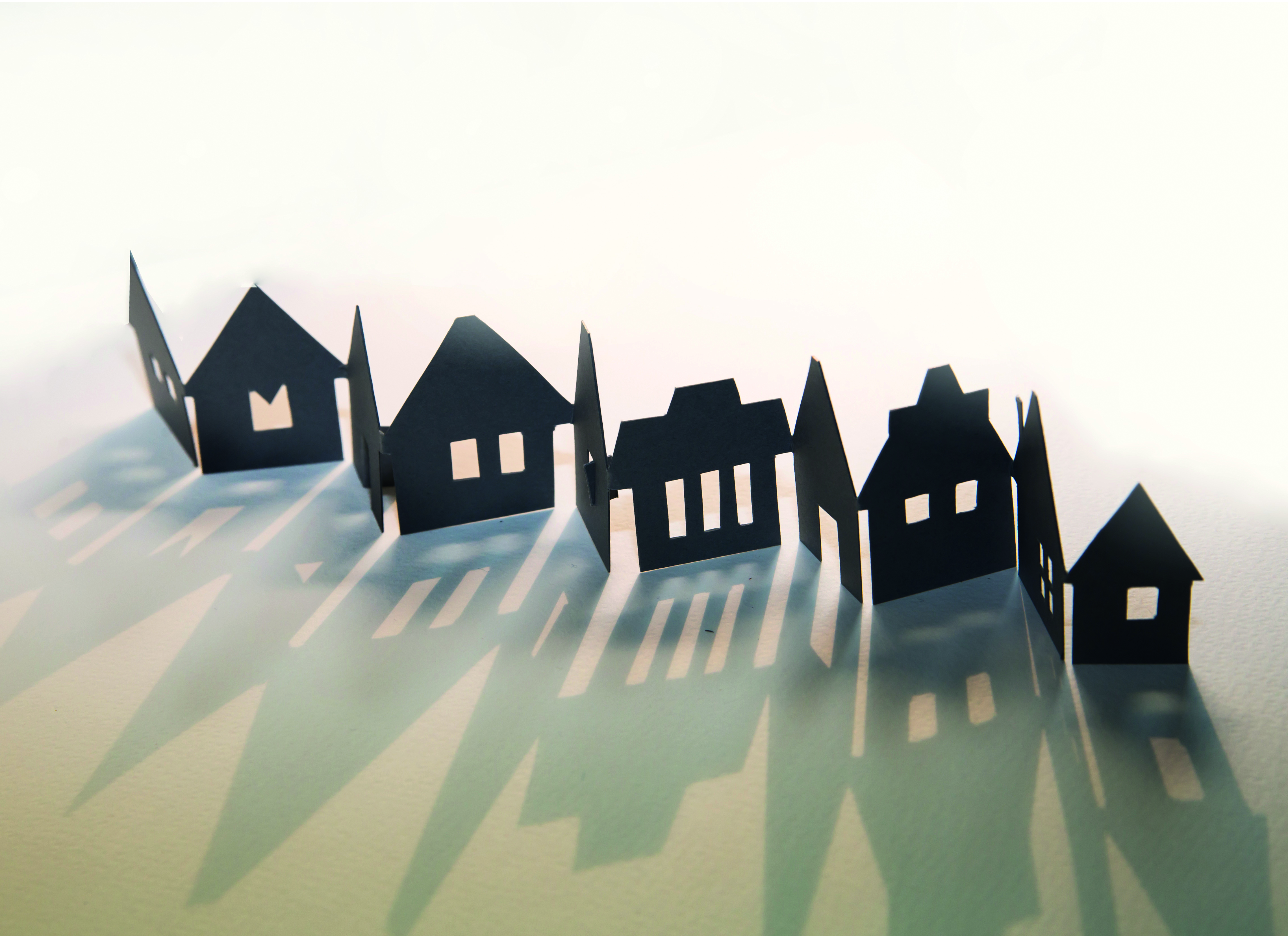
The last days of 2022 saw a drop in house prices for the fourth consecutive month, Nationwide said on Friday 30 December.
A monthly fall of 0.1%, adding up to an annual rise of 2.8%, saw the average house price come to £262,068 in December, the lender details.
Although this monthly fall is slim compared to November’s 1.4% drop, four reductions in a row means the housing market is the softest it’s been since 2008.
This slowdown was apparent in all regions, Nationwide’s report adds, with the gap between the strongest and weakest regions being the narrowest since this data started being collected in 1974.
The largest gap recorded lies in the first quarter of 1989, when the difference was 53.3 percentage points between the best performing and worst performing regions, Today, the margin is just 3.3 percentage points.
Nationwide also details the fact that between the start of 2020 and the end of 2022, the average price of the best performing property type – a detached house – went up by 26% – almost £78,000. Meanwhile, the worst performing – flats, saw a 13.4% rise, or £23,000.
Chief economist Robert Gardner says: “The recent weakness in mortgage applications may, in part, represent an early seasonal slowdown. With the chaotic backdrop and elevated mortgage rates in recent months, it wouldn’t be surprising if potential buyers have opted to wait until the New Year to see how mortgage rates evolve before deciding to step into the market.
“Longer-term interest rates, which underpin mortgage pricing, have returned towards the levels prevailing before the mini-Budget. If sustained, this should feed through to mortgage rates and help improve the affordability position for potential buyers, as will solid rates of income growth.
“But the main factor that would help achieve a relatively soft landing (especially for house prices) is if forced selling can be avoided, and there are good reasons to be optimistic on that front. Most forecasters expect the unemployment rate to rise towards 5% in the years ahead – a significant increase, but this would still be low by historic standards.”



